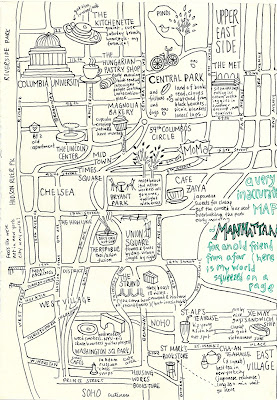Using ChatGPT for Essays in English Composition Classes
The best essays are written by people for people. "Corona Typewriter" image courtesy of the author ChatGPT and other AI language generators can be a great tool to have in your essay-writing toolbox, but using any of them comes with one really big warning: If you try to get AI to write your whole essay, you're going to be disappointed. Recognizing Cheating and Plagiarism Buying an essay online, reusing an old essay you turned in for another class, getting someone else's paper from another class and turning it in as your own, or taking parts of an article or study without attributing those ideas to the original author: Most students recognize each of these examples as cheating or plagiarism. Using ChatGPT to generate an essay and then turning in that essay as your own work is the same: cheating and plagiarism. When you turn in someone else's work as your own, that's cheating and plagiarism, even if the someone isn't really a someone. Even worse, ChatGPT does






